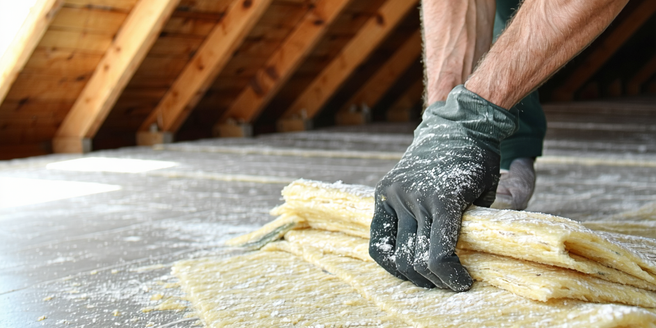
Understanding the Importance of Insulation
Insulation is critical for maintaining energy efficiency within a home. Proper insulation ensures that heat is retained during the colder months and keeps the interior cool during warmer months, reducing the reliance on heating and cooling systems. This not only leads to significant cost savings on energy bills but also contributes to a reduced carbon footprint by minimizing energy consumption. Moreover, insulation plays a crucial role in soundproofing spaces, enhancing comfort by reducing noise disturbances. Understanding the need for adequate and effective insulation can also aid in maintaining a stable indoor temperature, promoting a healthier and more comfortable living environment. Variations in insulation performance depend on several factors, including the material used and its installed thickness, making an understanding of these properties essential for optimal energy use and comfort levels.
Comparing Different Insulation Materials
Selecting the right insulation material is pivotal in maximizing energy efficiency. Several options are available, each with distinct properties. Fiberglass, one of the most common types, is known for its cost-effectiveness and ease of installation. Spray foam offers superior insulating properties and air-sealing capabilities but can be more expensive. Cellulose, made from recycled paper, is an eco-friendly option offering excellent coverage and moderate cost. Rigid foam panels provide high insulating values per inch of thickness. Each material varies in terms of R-value, indicating thermal performance. When comparing different materials, consider factors such as budget, installation challenges, and the specific thermal resistance required for your climate zone. Understanding these differences will help in selecting the most suitable insulation for both new constructions and retrofitting existing structures.
Step-by-Step Guide to DIY Insulation
Taking on a DIY insulation project can be a cost-effective way to improve your home’s energy efficiency. Start by assessing current insulation levels and identifying areas needing improvement such as attics, walls, and basements. Next, select an insulation material that suits your needs and budget. Common options include fiberglass batts, rigid foam boards, or spray foam for more challenging areas. Gather necessary tools, including a utility knife, staple gun, and safety equipment such as gloves and goggles. Remove any old or ineffective insulation and seal air leaks with caulk or spray foam. Install the new insulation, ensuring it fits snugly without compressing, which can reduce effectiveness. Seal any joints to prevent air leaks. This enhances thermal performance and can reduce energy costs while increasing comfort at home.
Cost Analysis: Budget vs. Premium Options
When considering insulation, it’s important to weigh the cost versus the benefits of budget and premium options. Budget insulation, such as fiberglass, offers reasonable insulation performance at an affordable price while being easy to install. However, premium options like spray foam present a higher initial cost but provide superior thermal resistance and air-sealing properties, potentially leading to greater long-term savings on energy bills. Additionally, premium materials may offer enhanced durability and environmental benefits. Conducting a thorough cost-benefit analysis helps homeowners decide between immediate financial constraints and future efficiency gains. Factors such as local climate, construction type, and existing insulation condition play a significant role in determining the most suitable option. Carefully evaluating these aspects can guide homeowners to an informed choice that balances expenses and benefits.
Eco-Friendly Insulation Alternatives
In a world moving toward sustainability, eco-friendly insulation options are gaining popularity. Materials such as cellulose, made from recycled paper, and sheep’s wool are natural and renewable, offering both environmental benefits and effective thermal performance. Similarly, cotton from recycled denim provides a unique blend of comfort and sustainability. Another innovative solution is the use of mushroom-based insulation, which is biodegradable and free from chemical additives. These alternatives not only help reduce a building’s environmental footprint but often improve indoor air quality by avoiding volatile organic compounds (VOCs) common in traditional products. For those seeking green building solutions, eco-friendly insulation materials provide a viable means of reducing energy consumption, supporting sustainable practices, and improving overall home efficiency while making a positive impact on the planet.
